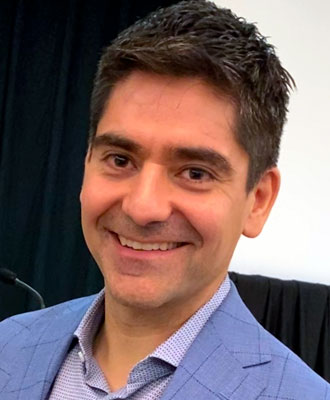Abstract
In the development of unconventional of oil and gas reservoirs, understanding and predicting hydraulic fracture geometry is imperative for optimizing assets. Most development workflows consist of history matching production for a well using an average fracture area and permeability. Given that upon development of a field well production is distributed lognormally, it can be inferred that wells have different average fracture half lengths and/or permeability. If stage by stage fracture geometry could be predicted, stage spacing, well spacing and proppant tonnage could be designed to maximize EUR and recovery factors.
The goal is to map out expected fracture geometry combining different forms of data. The data comes in two parts: the estimate of the static subsurface properties and the dynamic pressure response of injecting fluids at high rates. Recognizing subtle subsurface variations and their impact on fracture geometry can be achieved integrating geologic, microseismic, 3d seismic and completions data. The incorporation of these various data sets can be used to map out expected fracture geometry at various phases within the completion recommendation workflow, ranging from pre-drill to incorporating real time treating pressure data to diagnose variations in geometry. With this information, the hope is to maximize return on investment by proposing fit for purpose completion strategies.
Biography
Marco Perez has almost two decades of geophysical experience, in both north American and international basins, developing and employing AVO and inversion techniques to high grade exploration and development drilling locations. He has over 10 years’ experience in technology groups at both Encana and Apache, applying rock physics-based interpretations to AVO and inversion projects. Mr. Perez is currently a manager of technical specialists, focusing technical direction of a multi-disciplined geotechnical team. He is tasked with generating workflows that integrate disparate data sets including petrophysical, microseismic, aeromagnetic, core, geological mapping, 3D seismic data, drilling, and completions data towards understanding production data in unconventional reservoirs. He has published and presented numerous papers at international conferences showcasing novel techniques to maximize seismic data. He won best RECORDER paper in 2010 and co-authored best CSEG 2018 oral presentation. He is an expert in implementing leading edge geophysical techniques in exploring and developing conventional and unconventional plays while providing technological leadership. This includes finding practical solutions to exploration and development problems that impact project economics. Mr. Perez has a BS in Physics from McGill University and an MS in Geophysics from the University of Calgary.





